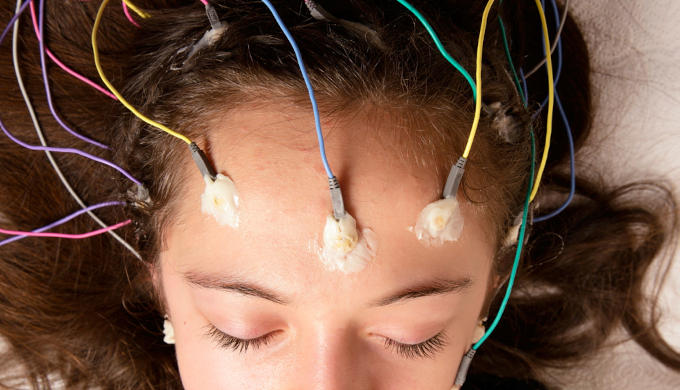Author: Lucy Piper
medwireNews: Study findings highlight the importance of a multidisciplinary comprehensive approach to drug-resistant epilepsy in children, with the consideration of both medical and surgical treatment options.
“The US Centers for Disease Control and Prevention and the National Academy of Medicine estimated that epilepsy surgery is underutilised to a catastrophic degree, with between 100 000 and 200 000 indicated surgeries for patients of all ages not occurring”, report Sandi Lam (Anne & Robert H Lurie Children’s Hospital of Chicago, Illinois, USA) and co-investigators.
They continue: “[W]e posit that this underutilisation of epilepsy surgery might directly lead to avoidable premature deaths in paediatric patients with epilepsy each year.”
The team compared the mortality effects of three treatment modalities – medical therapy (at least three types of antiseizure medications); antiseizure medications plus vagus nerve stimulation (VNS) and antiseizure medications plus cranial epilepsy surgery – in 18,292 patients aged up to 17 years (median age 7–9 years) who were diagnosed with drug-resistant epilepsy between 2004 and 2020.
As reported in Lancet Child and Adolescent Health, survival was highest among the 3033 patients who underwent cranial epilepsy surgery, with a death rate of 0.6% over an average follow-up of 36.7 months.
This compared with corresponding rates of 2.3% among 5019 patients in the VNS group and 3.6% among 10,240 patients in the medical therapy group over an average follow-up of 44.3 months in both cases.
The investigators calculated that the unconditional probability of surviving beyond 5 years was 99.35% for the participants undergoing surgery, 96.83% for those in the VNS group and 95.51% for the children and adolescents receiving medical therapy. For survival beyond 10 years, the rates were a respective 98.45%, 92.65% and 89.27%, with the differences among the three cohorts significant for both timeframes.
The risks of death were significantly reduced by 81% with surgery and by 40% with VNS, compared with medical therapy alone, after accounting for confounding factors including age, sex, geographical region, race and ethnicity, comorbidity and primary diagnosis.
“The improved survival among the surgical cohorts needs to be explored further in the context of counselling for patients and families about risks and benefits of surgery”, say Lam et al.
They add that “[i]mproving early referral for comprehensive epilepsy evaluation is necessary to limit deleterious effects of ongoing seizures in the developing brain and to decrease time between surgery and seizure onset. We show that children’s lives might depend on it.”
Other factors found to be associated with an increased risk of death were the presence of comorbidities and other types of epilepsy as the coded diagnosis versus focal or partial epilepsy, with hazard ratios (HRs) of 4.31 and 1.67, respectively. Being aged 4–11 years, compared with younger than 4 years, reduced the risk of death, with an HR of 0.68.
Discussing the study in a related comment, Hrishikesh Suresh and George Ibrahim say the “[i]mpact of these findings is far reaching,” and believe they “provide a pragmatic rationale for prioritising treatments aimed at reducing mortality for suitable surgical candidates.”
The commentators conclude: “With the rapid development of technologies, including deep brain and responsive neurostimulation, further work is required to understand how surgical interventions—alone or in combination—could save children’s lives.”
News stories are provided by medwireNews, which is an independent medical news service provided by Springer Healthcare Ltd. © 2023 Springer Healthcare Ltd, part of the Springer Nature Group
This independent news story was supported by an educational grant from L’Institut Servier, Suresnes, France.
Lancet Child Adolesc Health 2023 doi:10.1016/ S2352-4642(23)00082-2
Lancet Child Adolesc Health 2023 doi:10.1016/ S2352-4642(23)00129-3
Image Credits: © mujdatuzel / Getty Images / iStock



